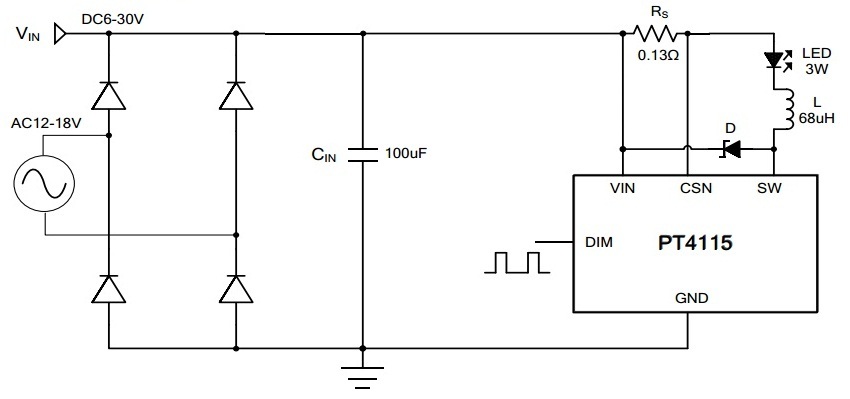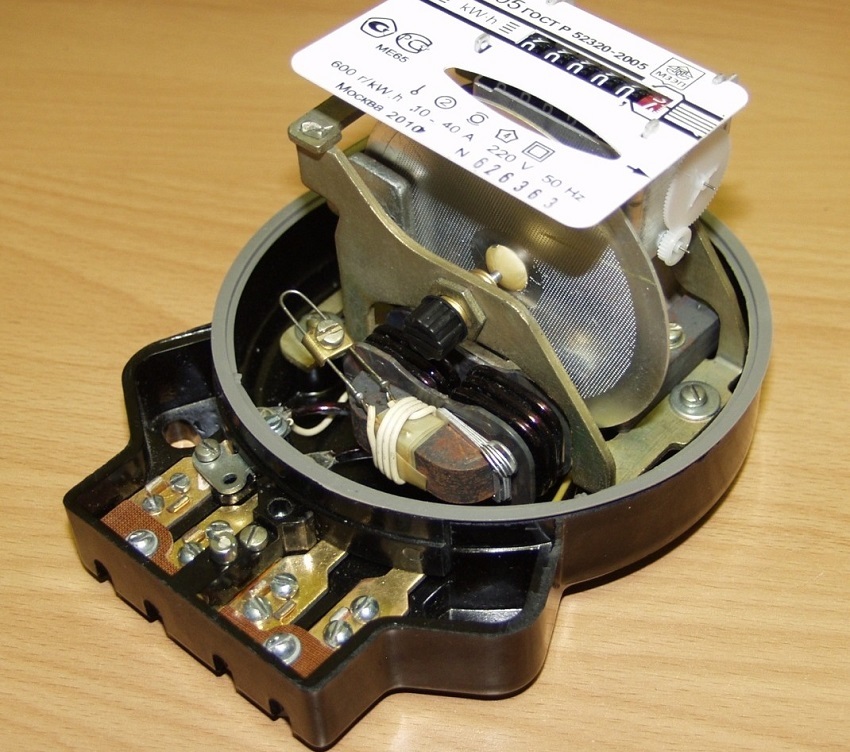Why is a pass-through switch necessary?
The issue of saving electricity today is acute and this can be helped by a pass-through switch. How? We go into the staircase, turn on the light, and on our floor we put out the lighting with another switch. And vice versa. Leaving the house on the street, on its own site the light turns on, and the bottom is removed. In such cases, a pass-through switch is used that performs the functions of the switch.

Connection of a two-key and three-key pass-through switch - Photo
The circuit-breaker connection scheme is selected based on the number of control points. And there may be several:
- on each floor of a multi-storey building,
- in a long corridor at the exit of several rooms.
How to connect the pass-through switch, we will tell you today in this article.
A simple switch contains only two contact terminals with two input wires.
Circuit breaker - called a chain switch - has three terminals and three wires are suitable for it. To turn on and off the light from more places, we need so-called cross switches, which have four contacts and four suitable wires. I must say that not only lamps( incandescent, luminescent, energy-saving) are connected, but also any electrical devices that require control from different places.
A bit of theory about the pass-through switches
The purpose of the loop-through switch is to switch electrical circuits. Let's compare the device of a conventional double switch used in a simple connection and a one-key through-switch.

Wiring diagram of a two-point control loop switch - Photo
In both cases, we have three contacts and three matching wires, and a simple switching of the contacts occurs. But in the first case, the electrical circuits are pressed or connected, or disconnected. In the same circuit-breaker, one opens at the same time and another circuit closes.
Example of the function of the pass-through switch
We take an electric circuit consisting of a light bulb and two one-key passing switches.
The light bulb does not light, that is, the two circuits are broken. We press one of the switches, one of the circuits is connected and the light comes on. Turning to the second switch, when we press, breaking the chain, we put out the lamp and simultaneously prepare another line for switching on from the first switch.
The essence of the operation of such a switch is to toss contacts - one closes, the other opens. Feedthrough switch, if you do not use one of the contacts, can work as normal. But for financial reasons, it is better to abandon this: it will cost more.
Types of pass-through switches
Circuit breakers with different number of keys are produced. We have already considered single-key ones. The two-key switch is used to connect / disconnect two lamps located at different points.
This scheme will consist of two switches with two keys and two lighting devices. Lamps can be located in one chandelier, then you can change the illumination of the room.
The three-key switch, similar to the two-key switch, is designed to include three lamps.

Connection of a three-key through-switch - diagram - Photo
The circuit-breaker connection scheme allows to switch on three-point light bulbs. It will be necessary to take two one-key and one cross-switches, which, in the simplest case, represents two switches of single-key with internal jumpers. Applying two cross switches, collect control from four places.
Wiring diagram of the circuit breakers - Video instruction
How to connect the pass-through switch
If you decide to create for yourself a more comfortable living conditions by installing pass-through switches, then get ready for a lot of work. First, you need to know in detail how to connect the pass-through switch, the existing control circuits and mounting methods. This is the theoretical part. Then stock up on the necessary tools and materials.
The tools require a perforator with a bit to drill the seats for the switches. The same perforator punches stitrobes, in which will be laid new wires. Purchase pliers, pliers, side cutters, various screwdrivers. After laying the wires you will need to conduct plastering work - you need alabaster or cement with sand.
The main materials of are, of course, wires, switches, junction boxes.
Depending on your lighting control circuit, the wires can be of different number of cores. In the simplest case, a three-core copper wire is required. If the circuit is more complex, then without a five-wire cable can not do. In the absence of such - use two three-wire.

Switchgear distribution box, wire stranding - Photo
Conductor cross-section depends on electrical load. The more lamps turn on, the more the carrying capacity of the conductor materials is required. Cross-section of a vein of 2.5 squares is definitely suitable.
- First, mark the route for laying the strob. The line of passage must be strictly parallel to the ceiling and the floor. The taps are made at right angles.
- With a perforator we drill out the sockets for the switches and punched the shrouds for laying the wires.
- In the junction boxes, the cores are twisted in accordance with the developed scheme.
- The breaker is then connected.
- After assembling the entire circuit, it is necessary to check it before applying voltage.
- With positive results, plastering and painting the necessary places.
Of course, such work presents certain difficulties. Unfamiliar with electrical engineering people do not fulfill it. Here, the help of electricians is needed. Only they can make this work according to safety rules.


